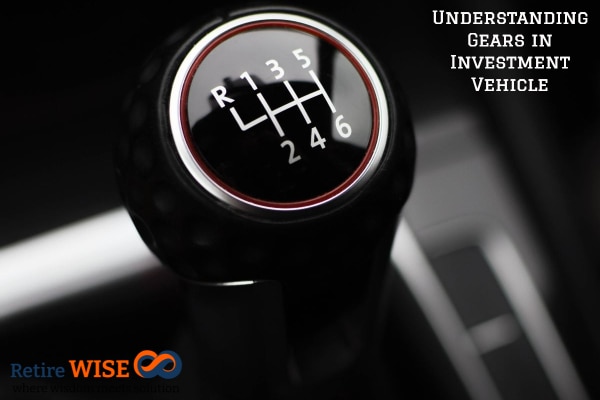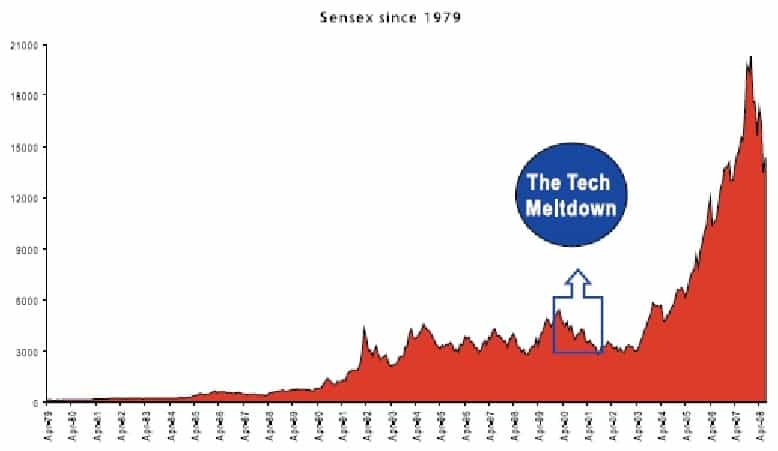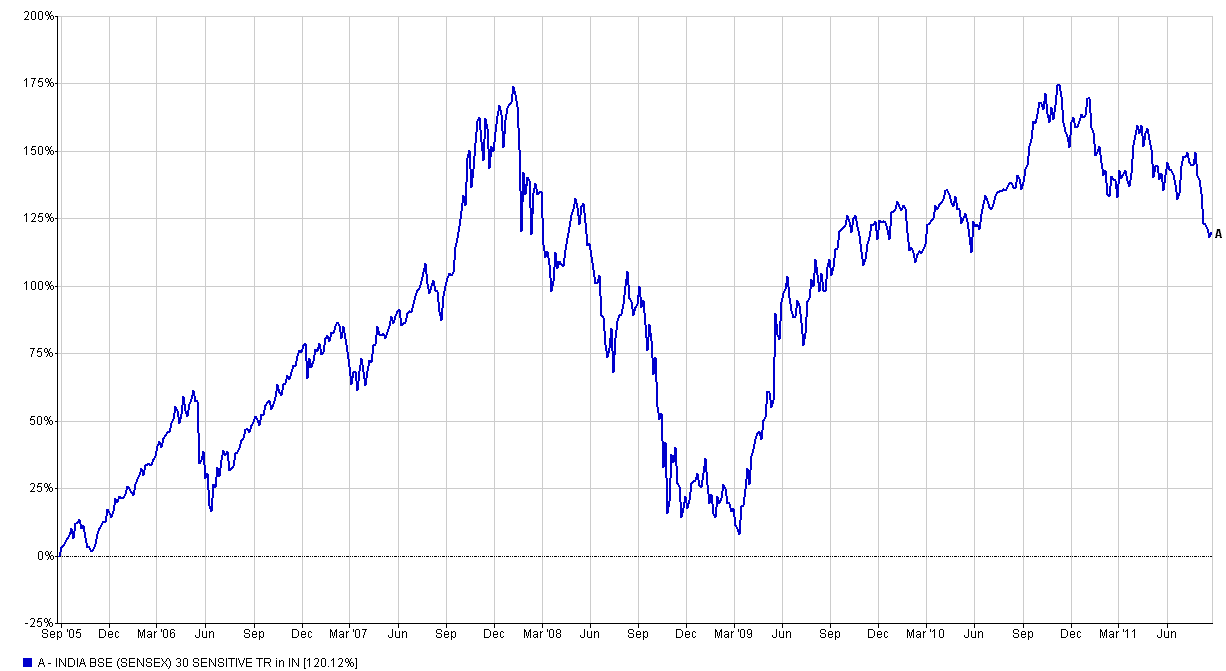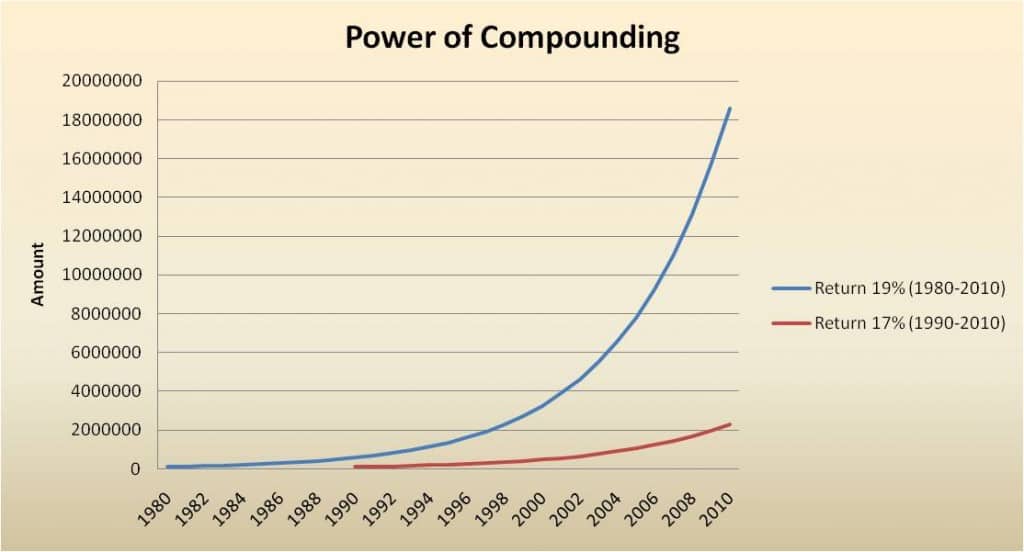
https://www.retirewise.in/2012/02/sip-investment.html
Now at times, your destination is very nearby and at times very far away. Now this article will make you understand what kind of investment products are well suited for different needs that you have for your financial goals.
To understand it in a much better manner, think of Gears in your vehicle. There are 4-5 gears in vehicle and each gear is meant for a specific speed. When your destination is very nearby, we use 1st or the 2nd gear and our speed is slow. But when our distance is quite far away we are in high speed gears like 4th and the 5th.
https://www.retirewise.in/2011/09/types-of-risk.html
We will try to understand it by analogy
Just imagine a situation where you have to go to nearby grocery shop. Would you take go for an air journey for this purpose? Sound funny! Let us change the example; you have to go to Canada for a vacation. Would you go walking or take cycle for this purpose. Sound irritating!
Now in Financial Investment products, there are mainly two types of Investment vehicles. One is Debt and another is Equity. Debt is where we get returns in the forms of Interest like Fixed Deposit, PPF, Post Office MIS etc. Equity is about ownership of companies/Businesses and sharing their profits and losses through Share holdings.
https://www.retirewise.in/2011/02/7-types-of-indian-investors-which-one-are-you.html
Ownership VS Lending in investments
When we plan for long term investment, the return on investment can be higher as you have the road and time to accelerate and decelerate. This is also required as much more money will also be required for longer term goals like retirement. Also, one needs to contend with inflation, which will have a major impact over a long period. You have to make sure that the returns on investments are greater than the rate of inflation. This can happen only when you invest your money in Ownership Assets. Ownership assets have short term fluctuations but in long haul, they beat inflation and create wealth. Long term financial investment which beat inflation is Equity and it is equity which creates wealth in the long term. When we talk of equity, we would like to clarify that we don’t advocate people to invest in equity directly unless they have in-depth knowledge of markets. For people who are not specialists, it is better we leave to professionals and invest in Equity Mutual Funds.
Now Debt is a slow speed gear where returns are less and when you take inflation into consideration, the returns are almost negligible or at times negative. We should invest in Debt mainly when our financial target is nearby. For example, if you need to marry your daughter in next 2-3 years, you should invest in Debt products. They are good investment as they will protect the capital and there is no downside risk in short run.
https://www.retirewise.in/2017/03/best-investment-options-for-senior-citizens-india.html
But if your daughter is 2 years old and you need to plan for her marriage after 20 years, would you take debt? It is something like driving your vehicle on first and second gear. But do you think you would do that if you were to travel long distance like from Mumbai to Delhi. No, you will not. You will have to shift to higher gears, for that journey. The chances of meeting with accident are there but for that you need to know how to drive well and you take calculated risk and if you don’t take the risk, the risk of going slow is much higher. This is what we should do in our investment as well. We should invest in Equities when your financial target is far off.
Equities have always delivered returns in long run but they are risky in short run. In last 20 years, sensex have delivered over 17% return p.a. that means your Rs. 1 lac investment in 1990 is worth Rs. 23 lacs today. In last 30 years sensex have delivered over 19% p.a. growth which converts your Rs. 1 lac investment in 1980 to Rs. 1.8 cr today. That is the power of Equity. (data September 2010)
But Road was never smooth….
 Fall of 2008….
Fall of 2008….

 How I forgot reverse gear??
How I forgot reverse gear??

Indians are one of the biggest savers in the world but what about investment. There is huge amount laying in our saving bank account or for investment we use insurance endowment plans – these are examples of driving your vehicle in reverse gear. You are not moving ahead but going back every passing year due to investor’s biggest enemy that is INFLATION.
As legendary investor Warren Buffett quoted “Investor has to do very little things right as long as he avoids Big Mistakes.”
Practically, Equity should be for Long term and Debt for short term, but investor does the opposite, Equity for short term and debt for long. Equity investments are best when you invest through SIPs in a well diversified Equity oriented Mutual Fund. For Debt, one can opt for FDs in case tax liability is low and if tax liability is high, one can go for Fixed Maturity Plans as well.
Bring your vehicle in the right gear before its too late.

One of the bestest article till date..Simply AWESOME..I think once the INDIAN MINDSET is open to LONG TERM INVESTMENT through EQUITY, our economy and our country as a whole will be the SUPERPOWER of the world..Hats off Hemant..
Thanks Dhawal.
For growth of the economy every country needs equity investments or we can call equity culture.
Thanks for another of your excellent written article and the simple explanation,
appreciate your hard work and simple language.
thumbs up to you
regards
Thanks Tony.
Hi Hemant,
Very nicely written.
Regards,
Ritesh
Thanks Ritesh.
Hi Hemant
Nice Article!!
Why don’t you write a book on Investment…….??
Haha… a book on investment
I am 100% sure that book will be banned in India bcoz first chapter will be “In India insurance companies sell everything other than INSURANCE” 😉
Very true.
Thank you for Best article
🙂
Another excellent article and a great analogy, loved reading Hemangji. As you pointed out correctly, I was one of those who booked short term profits from equity and left the debt fund for long term. Past year or so, as I learned more about finances, I am glad I am doing the right thing now. Thank you.
Hi Mansoor,
“I was one of those who booked short term profits from equity and left the debt fund for long term.” it is a very common practice. Even if we compare one stock to another or one equity fund to other – people will prefer to sell winners & keep laggards with them. 🙁
Hi Hemant,
As it is said that equity is a long term product. Let us take 10yrs as long term. Of course the longer the better.
As you have rightly said, 1990-2010 sensex returned 17% and 1980-2010 sensex returned 19%.
I would like to know the return of sensex in the following spans of years?
i) 1980-1990
ii) 1992-2002
iii) till 2003 since inception
iv) 2003-2007
Want to figure out if the super golden run of sensex from 2003-2008 creating any illusion amongst us?
Hi Kannan,
Nice Question – check the figures
i) 1980-1990 (sensex went from 128 to 783) 20% CAGR
ii) 1992-2002 (sensex went from 4387 to 3500) -2% CAGR (this is the only negative period in 31 years if we make 10 year rolling returns – senxes in 1991 was 1193 & in 1993 it was 2311)
Let me add what happened from 1990-2002 (sensex went from 783 to 4387) more than 5 times in 2 years & PE of sensex was above 50.
https://www.retirewise.in/2010/11/sensex-pe-ratio.html
If you buy things at top of the bubble – no one can help you. That’s the reason I keep saying it is a mind game. If you bought Gold & Silver in 1980 (in dollars) – by 2000 Gold was down by 70% & Silver was down by 90%.
iii) till 2003 since inception (sensex went from 100 to 3081) 16% return
iv) 2003-2007 peak (sensex went from 3500 to 21000) 47% CAGR
These figures miss out dividend yield of 2-3% generated by index stocks.
I will try to write an article on all this 🙂
Thanks Hemant! One more question, what would have been SIP returns in those periods?
Hi Kanan,
Will try to add calculation in article.
Written in very simple and lucid language Hemant. Keep up the good job – I really liked the analogy.
Thanks Radhey.
v we’ll said hemant sir. for every long term goal such as retirement planing, children education, buying home, one shud choose ownership asset. also one shud start investing as early as possible but in india majority tends to put off long term goal ad they r too bussy in meeting immediate financial needs, rather than thinking about what vl hapen after 20-25 years
Hi Manish.
Someone rightly said “Plan for the future, because that’s where you are going to spend the rest of your life”.
Article is good simple and concise. The analogy is good. But I have few doubts. Please correct me if I am wrong. Article says:
-We should invest in Equities when your financial target is far off.
-We should invest in Debt mainly when our financial target is nearby
What about Asset Allocation or Diversification? Financial journey like life is a marathon and we need to have a balance between long term and short term targets. I have read that in Equities one should put 100 – Your age %.
I also have doubts regarding the “For people who are not specialists, it is better we leave to professionals and invest in Equity Mutual Funds.”
I can still not forget how I among other investors lost our money when we had invested in JM Financial Contra Fund because the Fund manager Sandip Sabarwal had given great returns in SBI Contra and we thought he would replicate the magic.
With so many mutual fund choices : we are told to invest in fund(s) which has 4 star or 5 star rating and then when it tanks asked to move into another new fund. Ex: Reliance Regular Saving Fund was recommended by many magazine and websites earlier not now.
As long as it is my hard earned money in the line..I would take advice with a pinch of salt and learn from my mistakes for as you rightly quoted Warren Buffet “Investor has to do very little things right as long as he avoids Big Mistakes.”
Hi
Its not like 100% equity or 100% debt but which asset should have more weightage in your portfolio.
Any advice should be taken with caution be it from advisor or fund manager. But feel that even a mediocre fund manager is much better than a layman.
Now coming to Sandip Sabharwal’s point – he is having a different style of managing funds & he is very aggressive in his calls. Don’t only look at performance of SBI funds in 2005-06 but also check what happened in 2002-03. (similar fall as compared to JM Funds but recovered in next bull run & become top funds in even 10 year period) He generated lot of alpha over longer period but unfortunately in JM he was for short time. Also check beta of his funds in archives – it was always in range of 1.3-1.5 (full throttle). So one should expect more fall when market is correcting 60% & midcap/smallcap 70%-80%. Here comes role of diversification & asset allocation which is responsibility of investor/advisor- if someone don’t follow the basics & invest 40-50% of his investment in single fund house or chase performance he will feel the pain.
Again let me quote “Investor has to do very little things right as long as he avoids Big Mistakes.”
Thanks for the reply.
You have rightly mentioned for the long term one needs to invest in equity for it would make the money grow and beat the inflation monster.
For the ordinary investor who is busy earning his “roti kapda aur makaan” Mutual funds are the way. But we need to use Mutual Funds as an investment vehicle correctly. What most of the investors do chase the fund with highest return or go in for NFO( Reliance Power Fund euphoria). Sadly our investment advisers are chasing their own commissions. Your post https://www.retirewise.in/2010/08/understanding-mutual-fund.html explains it well.
Thanks for Info on Sandip Sabarwal, his timing in JM Fund coincided with the crash.
Kirti
Nice Article in simple language
Thanks Sachin
All the investors should carry the following point in the pocket.
It really makes a lot of sense.
“Equity should be for Long term and Debt for short term, but investor does the opposite, Equity for short term and debt for long.”
Thanks Appaji.
hi,
Today, Investor invest in gold and debt like fmp and short term plan . No doubt gold has recently given good return. So investor have a long term money he goes only for an equity. gold invest is good for hedge purpose.
Hi Vipul,
Yes you are right – gold should be used for hedge or emergency or at best small part of asset allocation.
Comments are closed.